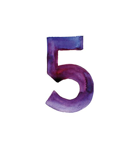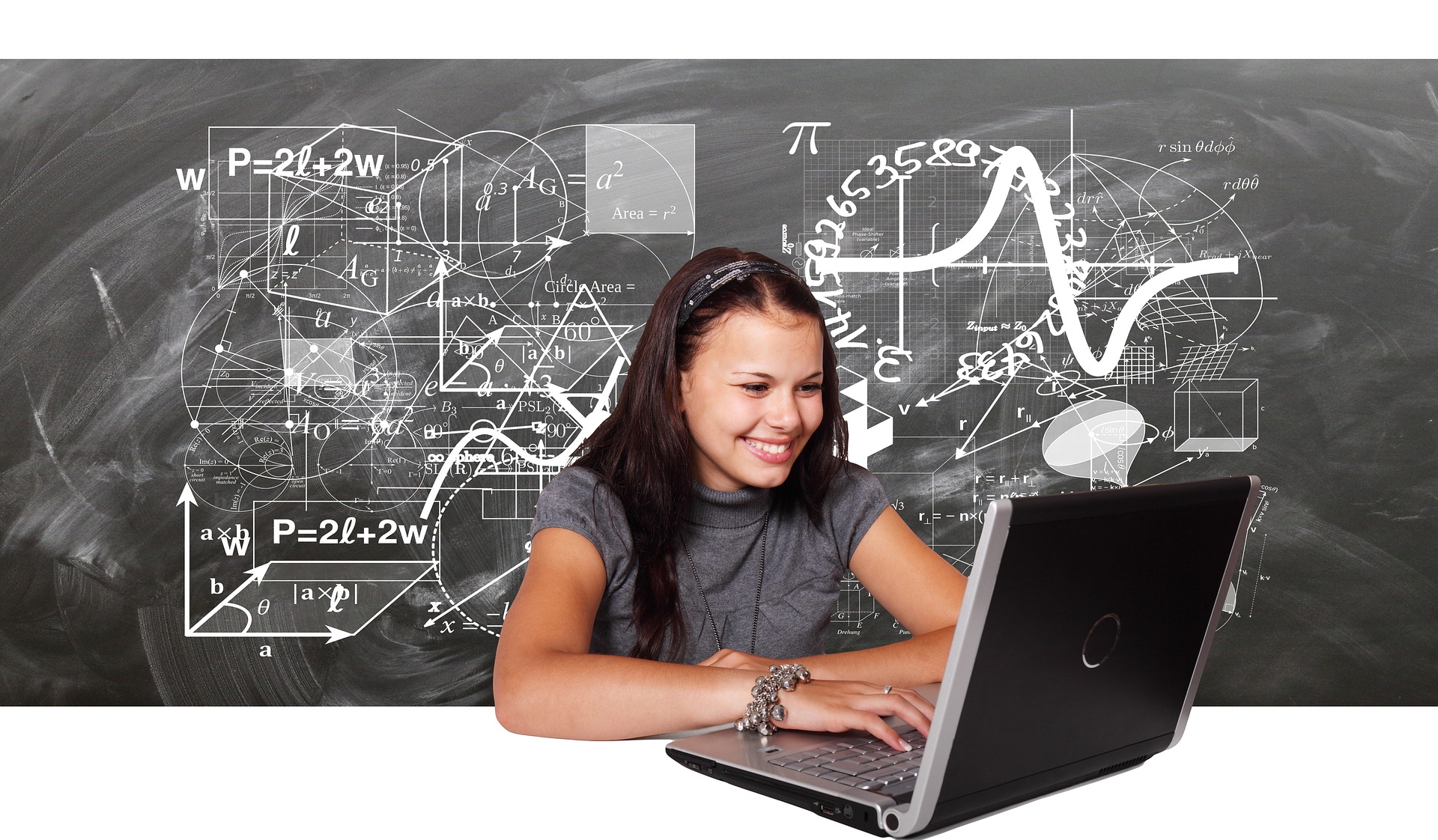Next, review curated resources for teaching and learning in "CONNECT."

MiTechKids Basic Skills task cards for first grade. These task cards cover the basic skills a first grader should know from mousing to keyboarding to learning how to treat technology devices.

MiTechKids Basic Skills task cards for third grade. These task cards cover the basic skills a first grader should know from mousing to keyboarding to learning how to treat technology devices.

MiTechKids Basic Skills task cards for fifth grade. These task cards cover the basic skills a first grader should know from mousing to keyboarding to learning how to treat technology devices.

21Things4Students: Thing 1 - Basics. These eight quests will help students build important technology operations, skills, vocabulary, and understanding of using computing devices.

"Intimidated by computers? New to email or the web? Want to stay safe online or understand how your operating system works? Learn all of this and more in GCF LearnFree Technology section."
Make Learning Accessible
Most accessibility features fall into 4 domains: hearing, learning, physical/motor and vision.
Hearing
Students with hearing impairments are able to use computers with the support of built in accessibility features included within computer platforms.
Learning
Students with learning impairments have challenges with reading, writing, math, executive functioning and/or attention deficits. Many of these students are able to benefit from the accessibility features that are built into each computer platform.
Physical and Motor
Students who lack fine motor abilities or gross motor arm control might be candidates to use Physical and Motor accessibility features of various platforms. Examples of some users might include students who have Cerebral Palsy, students who have had a stroke and can no longer use one side of their body, or students who cannot isolate single fingers. When you enable the Physical and Motor accessibility features of a device you essentially change the way the device operates.
Vision
The majority of students who are blind or visually impaired will need some form of Assistive Technology in order to access print on paper as well as electronic forms. Assistive Technology (AT) also provides a means for producing written information.